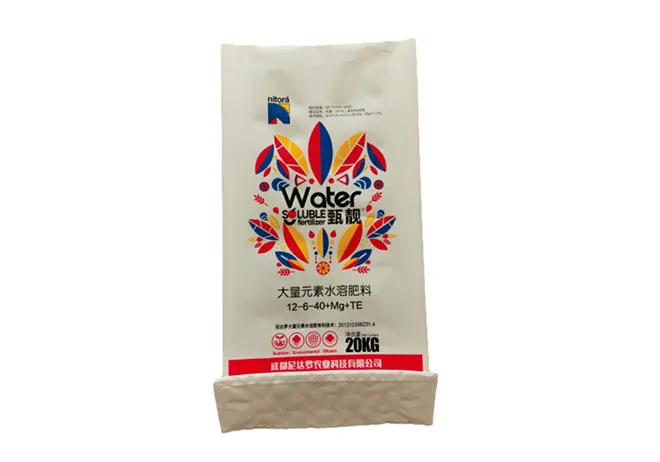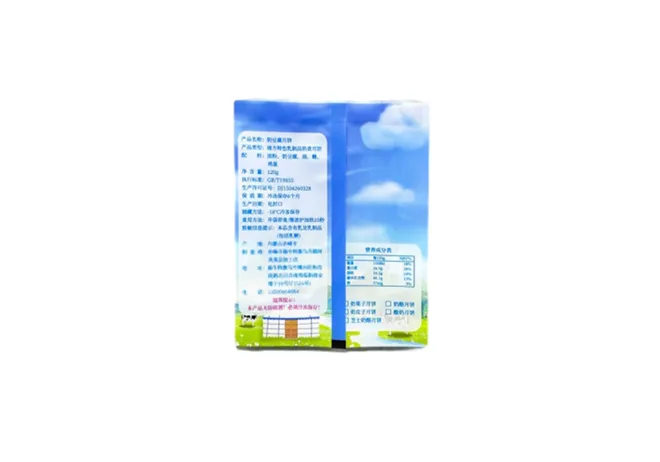Designing the perfect rice packaging pouch is an art that combines expertise, reliability, and innovation, ensuring not only the protection and preservation of rice but also enhancing its market appeal. The importance of a well-crafted packaging pouch extends beyond mere aesthetics; it involves a holistic understanding of the materials, consumer needs, and market dynamics.

Firstly, the expertise involved in creating rice packaging pouches begins with selecting the appropriate materials. High-quality pouches are typically made from a combination of layers, including polyethylene for moisture resistance and polypropylene for strength. These materials are crucial for ensuring the rice remains fresh and free from contamination. A nuanced understanding of these materials and their interactions is essential, demonstrating the professionalism and knowledge required to produce effective packaging.
Furthermore, the packaging must reflect authority and trustworthiness, especially in an era where consumers are increasingly conscious of sustainability. Companies that lead in this domain often highlight their commitment to eco-friendly practices by incorporating recyclable or biodegradable components in their pouches. Additionally, certifications from recognized bodies further establish the credibility of the packaging, assuring consumers of its quality and safety.

In terms of design, a successful rice packaging pouch employs both functionality and aesthetics. Transparency in pouches, for example, serves a dual purpose providing a glimpse of the product quality while maintaining consumer trust. The incorporation of resealable features aligns with modern consumer preferences for convenience, extending product shelf life after opening. This is where expertise translates into experience—understanding user habits and preferences can significantly influence sales.
Color schemes and branding on the packaging also play pivotal roles. Bright colors and clear fonts help the product stand out on shelves, while consistent branding strengthens brand recall. The use of appealing imagery and clear, concise information communicates the brand’s identity and values efficiently, playing into the psychological aspect of consumer purchasing decisions.
rice packaging pouch
Implementing digital printing technology can further enhance the marketability of rice packaging pouches. This technology allows for vibrant colors and detailed graphics, which capture consumer attention and preference. It also enables brands to be more agile with their designs, quickly adapting to market trends and seasonal demands, an experience-based strategy that can considerably boost market presence.
Another critical component in ensuring the success of rice packaging is the integration of smart technologies. QR codes and NFC (Near Field Communication) technology are becoming increasingly prevalent. These additions allow consumers to engage directly with the product’s journey, from farm to table, increasing transparency and trust. Providing this level of detail not only enhances consumer engagement but also educates them about the product, fostering a deeper connection with the brand.
Moreover, understanding the specific regulations in various markets is an expertise-driven requirement. Different countries have diverse regulatory demands regarding food packaging materials and labeling. A proficient packaging solution not only complies with these regulations but does so in a manner that optimizes production costs and minimizes environmental impact. This requires a fine balance between advanced knowledge and practical application—an expertise that can elevate a brand’s authority in the global market.
In conclusion, crafting a rice packaging pouch that is both functionally superior and market-effective requires a blend of experience, expertise, authoritativeness, and trustworthiness. By prioritizing sustainable materials, innovative design tactics, and regulatory comprehension, manufacturers can deliver a product that not only meets consumer demands but also builds lasting loyalty and trust. The journey from production to purchase is complex, yet it is these intricately interwoven elements that ultimately determine the product’s success in an ever-evolving market.